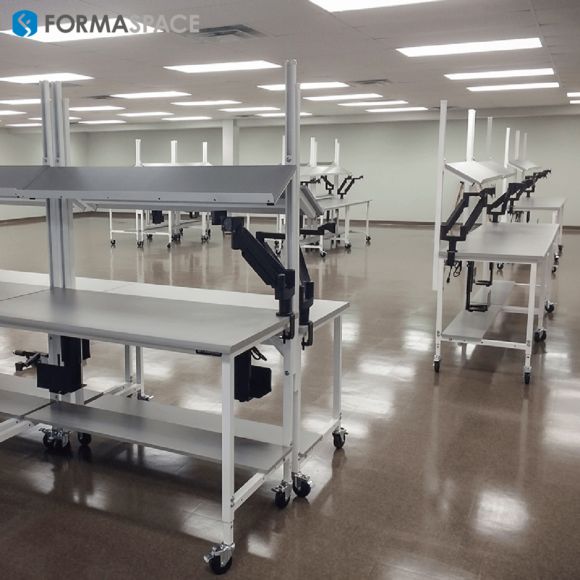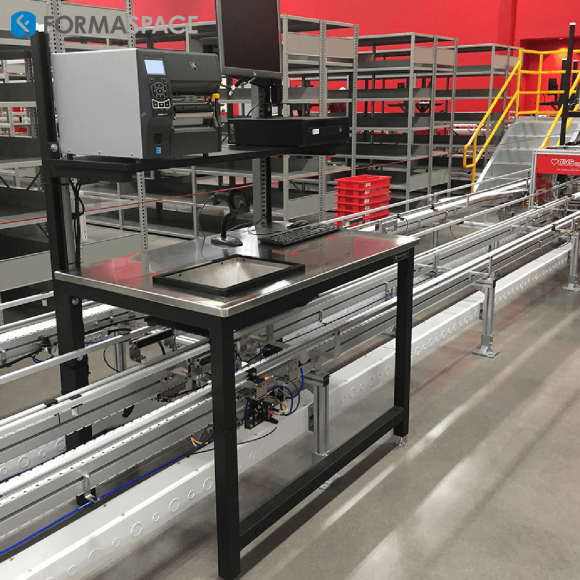Opioid Addiction – Known by Medical Professionals as “Opioid Use Disorder” (OUD) – Remains a Dangerous Crisis

Nearly 650,000 Americans died from opioid use during the period 1999 to 2021.
The rate of opioid-associated deaths also accelerated throughout the period – with 10 times more deaths in 2021 compared to 1999.
The unfortunate reality is that opioid-based painkillers – ranging from oxycodone to hydrocodone and fentanyl – can be highly addictive.
This deadly addiction to opioids, called “Opioid Use Disorder” (OUD) by healthcare providers – can affect both healthcare patients with legitimate opioid prescriptions for acute pain relief as well as illicit recreational drug users seeking a euphoric heroin or morphine-like drug high.

How Do Opioids Affect the Central Nervous System?
Opioids in the bloodstream target nerve cell receptors, called opioid receptors, located in the body and the brain. The opioid drug attaches to these receptors, which, among several effects, work to block the pain signals from reaching the brain.
The four main opioid receptors are delta (δ), kappa (κ), mu (μ), and the Nociceptin receptor (NOR). A fifth, zeta (ζ), affects tissue growth, including cancer cell proliferation.
Delta, kappa, and mu (which are found in the brain, the spinal cord, and the peripheral nervous system) exhibit analgesic (painkiller) effects.
On the other hand, the kappa and mu opioid receptors create the characteristic hallucinogenic / euphoric high that many opioid drug users become addicted to.

What Makes Opioids So Addictive and Dangerous?
Which of the opioid receptors are responsible for dependency on the drug, and how do people die from opioid drug overdoses?
Researchers believe that the delta and mu opioid receptors are primarily responsible for developing a physical dependence on opioid drugs. The NOR receptor can also help create a higher tolerance to mu opioid agonists, contributing to the overall addiction.
Symptoms of an active opioid overdose include slow or absent breathing, bluish skin, lips, or fingers, an unresponsive and/or limp body, and pin-point-sized pupils.
In these life-or-death emergencies, the mu opioid receptor is responsible for respiratory depression (e.g. reduced breathing) with the possible assistance of the delta receptor. The kappa and mu receptors are also responsible for the characteristic constricted, pin-point pupils (known as miosis) typically found in opioid overdose patients.
Unless anti-opioid treatment is administered quickly, overdosing patients can quickly die due to lack of breathing.

Naloxone Hydrochloride Can Help Save Patients from Fatal Opioid Overdoses
In 1961, Dr. Mozes J. Lewenstein and Dr. Jack Fishman, a Polish-born Nazi refugee, patented the opioid overdose antidote naloxone hydrochloride; it was approved for use by the FDA in 1971.
Naloxone hydrochloride is a drug that essentially “outcompetes” other opioids attempting to bind to opioid receptors in the body and the brain. The result is a temporary thirty-to-ninety-minute opioid shutdown period where the opioid drug in the bloodstream becomes ineffective, allowing first responders and medical providers a window of opportunity to revive a patient by restarting their breathing etc. Additional doses of naloxone hydrochloride may be necessary after the first dose wears off.
While intravenous injection of naloxone hydrochloride is the fastest at reversing opioid overdose effects (taking effect within 2 to 5 minutes), injecting it into the nasal passages – while slower to take effect (10 minutes) – is considered a more practical way for most emergency responders and lay people to administer the antidote.
The FDA approved a naloxone hydrochloride nasal spray (marketed under the name Narcan) in 2015, followed by a generic version in 2019, which came onto the market in 2021.
Today, many public health organizations are working to distribute free doses of Narcan to emergency responders, police departments, schools, and other organizations that might be called upon to treat an opioid overdose. Narcan is also available for purchase over the counter in many jurisdictions for inclusion in a first aid kit.

Can AI Help Researchers Come Up with Better Solutions for Treating Opioid Addiction?
Opioid addiction is a complex public health and law enforcement issue.
Unfortunately, it is estimated that over 4 percent of patients who are legitimately prescribed opioids for pain control due to physical trauma (such as a car accident or fall) or a surgical procedure go on to develop a serious opioid addiction – leading many to seek drugs not prescribed to them, including from sketchy/illegal sources.
In response, the CDC issued fairly draconian guidance in 2016 (known as the CDC Guideline for Prescribing Opioids for Chronic Pain) that limited access to this class of painkillers to cancer patients receiving active treatment or those receiving palliative / end-of-life care. (doi: 10.1001/jama.2016.1464)
For many patients, this one-size-fits-all limit on opioid prescriptions (enacted with the intention of preventing opioid addiction and abuse) is making life for patients who legitimately would benefit from these drugs very difficult indeed.
Many healthcare providers believe that nuance and flexibility are needed for these patients, but how can this be accomplished?
Researchers are trying to develop new screening tools to identify and categorize patients according to their level of risk of opioid addiction.
Many of these are based on artificial intelligence.
One of the first of a new generation of prescription drug monitoring programs (PDMPs) is NarxCare, developed by Appriss. NarxCare purports to analyze available data sources, such as state registries, that could indicate a patient is involved in things like “drug shopping” behavior, based (for example) on the number and location of pharmacies visited as well as other proprietary data – all of which are analyzed by an Artificial Intelligence algorithm to create an individual “Overdose Risk Score” that healthcare systems (and insurance providers) can use to decide whether to issue an opioid painkiller prescription or not.
Another test recently approved by the FDA is AvertD (created by SOLVD Health), which uses patient blood samples to identify 15 genetic markers they say are associated with a greater risk of opioid addiction. The AvertD system uses an AI-powered machine learning algorithm to evaluate how likely an individual patient will become addicted to opioid painkillers based on their genes.
Independent experts have petitioned the FDA to have the AvertD test pulled from the market, claiming that these genetic tests are not sufficiently conclusive to predict the risk of an individual patient for Opioid Use Disorder (OUD).
Patient advocates are concerned that these emerging patient scoring algorithms are creating new barriers to patient care by developing a parallel “credit score” for healthcare.
However, for the moment, the genie appears to have escaped the bottle.
Many top institutions, including Mount Sinai, Oxford University, Rutgers, Sam Houston State, the University of Massachusetts, the University of California San Diego, the University of Florida, and Vanderbilt University have announced AI Machine-Learning-based research initiatives to identify which patients are at greater risk for opioid addiction and overdose.
Many of these projects say they are looking at a broad spectrum of inputs and to help identify specific psychological profiles and behaviors that are indicative of potential future painkiller abuse, while others are using AI/Machine Learning to help design new drugs to treat opioid addiction.
One example of the latter is research from the Icahn School of Medicine at Mount Sinai. In February 2024, at the 67th Annual Biophysical Society Meeting in San Diego, Leslie Salas Estrada of Mount Sinair presented her lab’s AI-powered drug discovery research, including a new drug candidate that inhibits opioid drugs from attaching to the kappa opioid receptor.
Developing this drug using conventional means would be a long and expensive process, but according to Estrada, “artificial intelligence-based and other machine learning tools have the advantage of being able to take huge amounts of information and learn to recognize patterns from it. We believe that these tools can help us leverage the information that can be derived from large chemical databases and protein structures to design new drugs from scratch. And in that way, we can potentially reduce the time and costs associated with drug discovery.”
Hopefully, new drug discoveries such as these will help reverse the ongoing opioid overdose crisis.
A note to our readers: we’ll also be taking a deeper dive into the broader topic of using artificial intelligence to develop new drugs in an upcoming article, which will appear on December 24, 2024.

Formaspace is Your Laboratory Research Partner
Evolving Workspaces. It’s in our DNA.
Talk to your Formaspace Sales Representative or Strategic Dealer Partner today to learn more about how we can work together to make your next construction project or remodel a success.













